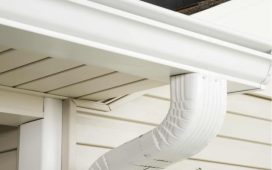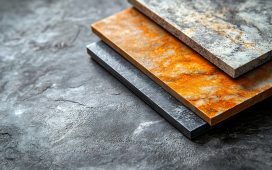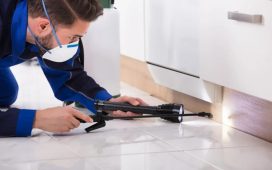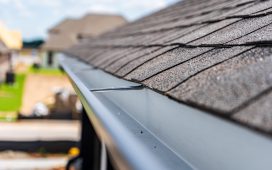LED lights can fail due to various factors, with heat being the primary cause. Overheating is a prevalent problem that leads to failures in both LED fittings and drivers. Here are the key reasons why LED lights fail:
LED Fittings
LEDs require a heatsink to dissipate heat, which is typically incorporated into the product design. While advancements have made housings smaller, more streamlined, and aesthetically pleasing, the fundamental challenge remains: LEDs generate significant heat that needs to be effectively eliminated.
LED Quality
Not all LEDs are created equal. Through tests like LM80, a few manufacturers have consistently delivered high-performance and proven LEDs. Starting with a reliable and long-lasting LED is crucial. Many copycat chip designs exist, but cutting corners on LED quality compromises overall reliability. It’s advisable to stick with reputable brands that are known for their reliable LED products.
PCBs and Housing
LEDs transfer heat through the PCB and into the heat sink, making the PCB design and materials critical for efficient heat dissipation. Inadequate PCB thickness or insufficient heatsinking can lead to hotspots and early failures. The contact between the PCB and housing is also crucial. Cheaper lamps often use limited or incorrect-grade thermal paste or none. This can create microscopic spaces between the PCB and slightly uneven aluminum housing, resulting in early failures. Using high-quality thermal grease or graphite sheets enhances the LED module’s lifespan, even if this part is unseen by the consumer.
Housing Design
Housing plays a vital role in thermal design. Merely having enough aluminum is not sufficient; it must be of high quality and cast in a way that supports heat dissipation. Different aluminum molding methods, such as extrusion, diecasting, and cold forging, have varying costs and efficiencies. Extrusion is economical and efficient due to high molding pressure, but it limits design possibilities to two-dimensional shapes. Diecasting, although popular, is less efficient for heat dissipation due to lower casting pressure. Cold forging is an efficient option but is less commonly used due to design limitations and high tooling costs.
This article was written by a lighting specialist at LD Lighting. LD Lighting was Established in 2017 and is located in Central Florida, LD Lighting offers services in screen enclosure lighting, pool lighting, outdoor entertainment, and landscape lighting systems. We promise to give you the best quality of work and bring your ideas to life.


















